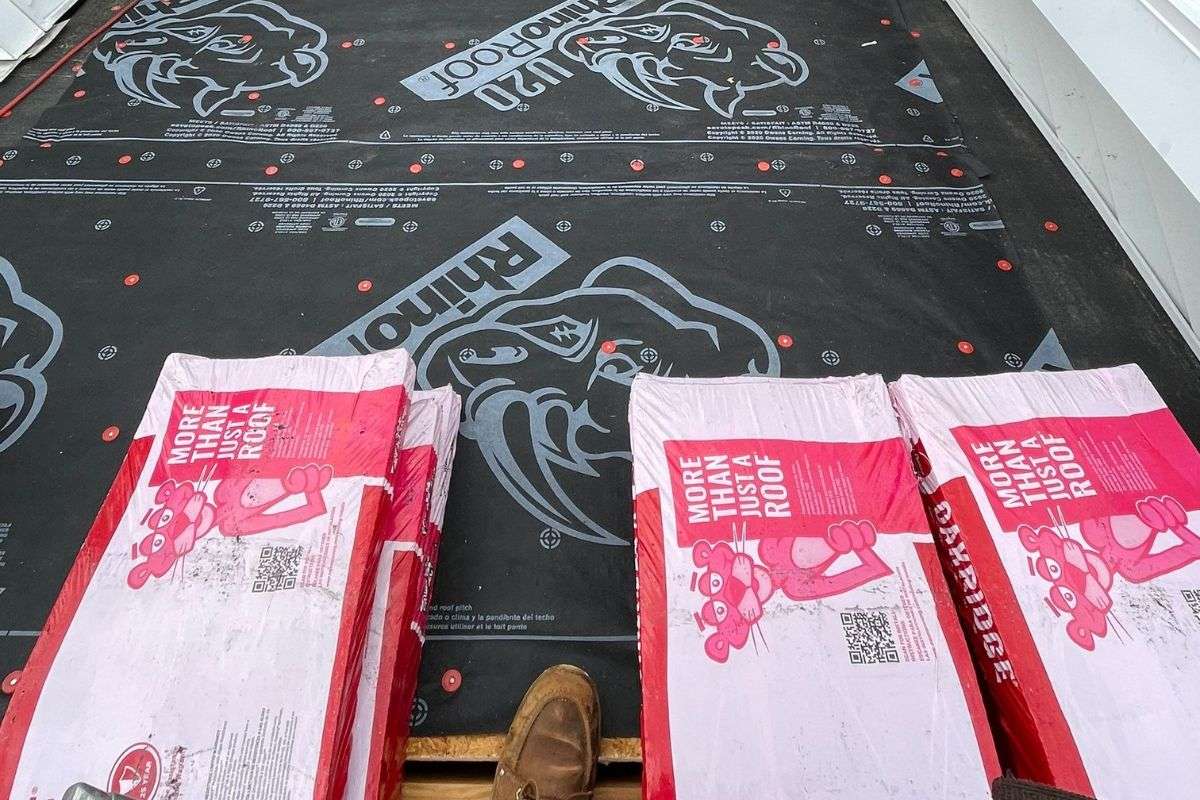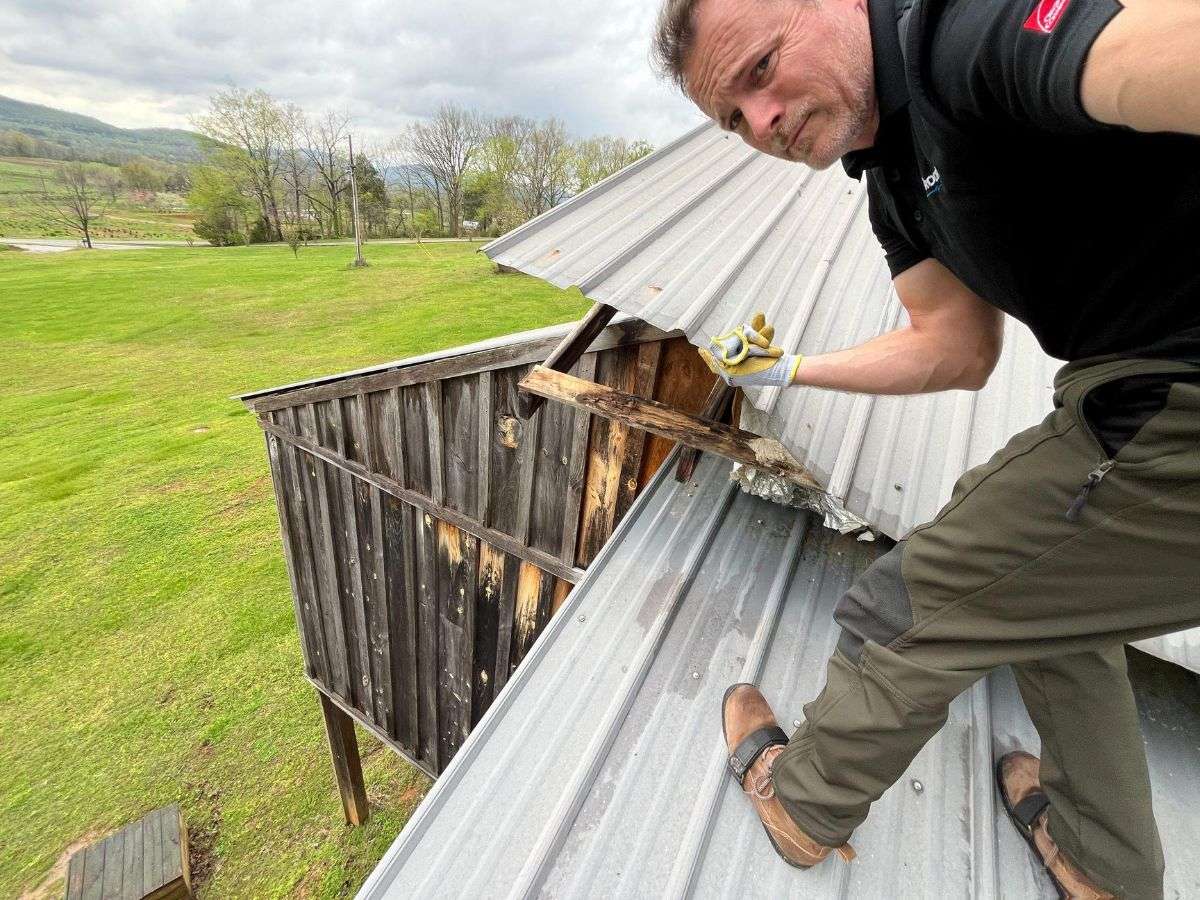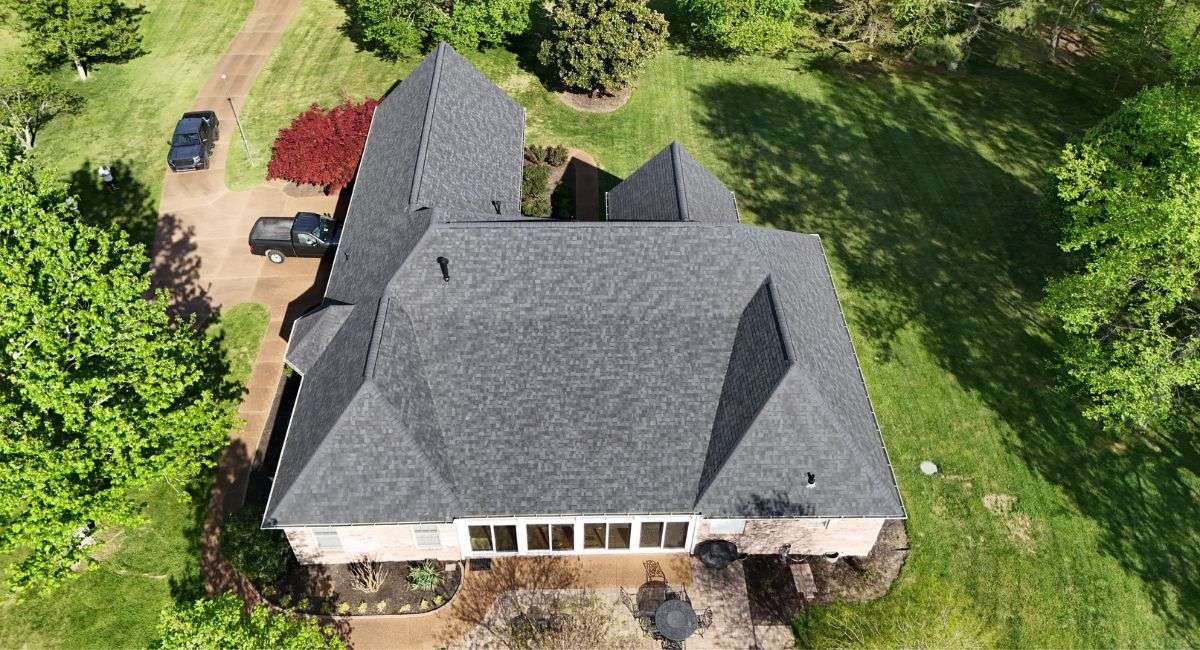Roofing Industry Outlook: Roof Cost Inflation in 2025
If you’ve been paying attention to prices over the last few years, you’ve likely noticed that the cost of almost everything has gone up – and roofing is no exception. While the major inflation spikes we saw during the peak of the pandemic have eased somewhat, the cost of roofing materials and skilled labor is still significantly higher than it was just a few years ago. For homeowners planning a roof replacement in 2025, this means you might be looking at a bigger price tag than expected.
Understanding what’s driving these elevated costs can help you plan and budget effectively for this critical investment. A roof replacement is one of the most important projects a homeowner can undertake, ensuring your home stays protected and maintaining its long-term value. Let’s break down the factors keeping roofing costs high and explore some tips to help you get the most value for your money.
Why Roofing Costs Are Still High
While the extreme price increases during the pandemic have softened, there are several reasons why the cost of a new roof remains elevated. From materials and labor to operational expenses for contractors, the factors below shed light on why roofing projects are more expensive than they used to be.
Material Costs Aren’t Budging

Roofing materials still account for a large portion of the total cost of a roof replacement, and prices for these materials remain stubbornly high. Here’s why:
- Asphalt Shingles: Asphalt shingles are the most common roofing material in the U.S., and their prices are closely tied to crude oil, a key ingredient in their production. Fluctuating oil prices continue to affect manufacturing costs, and while prices have stabilized compared to the peak of the pandemic, they haven’t returned to pre-2020 levels. This means even modest price shifts in oil can have a noticeable impact on roofing costs.
- Other Materials: Metal roofing, underlayment, lumber for decking, and even nails and fasteners are still expensive. Manufacturing expenses have risen due to higher energy costs, while transportation costs remain elevated due to fuel prices. Steady demand for materials also keeps prices from dropping, as suppliers avoid creating a surplus.
- Supply Chain Adjustments: While global supply chain disruptions have eased significantly since the pandemic, the cost to produce and transport materials has not returned to earlier levels. Many manufacturers adopted higher baseline pricing during the pandemic to balance increased demand and logistical challenges, and those costs haven’t gone away. As a result, roofing materials still come with a premium price tag.
Roofing prices in 2025 are influenced by market trends that are out of your control, but understanding these factors can help you make smarter decisions. A reputable contractor will be upfront about costs, so you can plan ahead and get the most from your investment.
Skilled Labor Comes at a Premium for the Roofing Industry

Roofing isn’t just about materials—it’s about the people who install your roof. And in a skilled trade like roofing, labor costs can make up a significant portion of your overall costs. Here are some of the key factors driving labor expenses:
- Competitive Wages: Roofing contractors need highly skilled and experienced workers to provide quality work. To attract and retain this talent, contractors offer competitive wages, benefits, and even incentives to keep crews motivated. The cost of maintaining a skilled workforce ultimately gets reflected in the prices homeowners pay.
- Ongoing Training: Roofing technology and materials continue to evolve, and good contractors invest in training their teams. Whether it’s learning how to install the latest energy-efficient roofing systems or staying up to date on safety standards, these training programs ensure high-quality work but add to operational costs.
- Labor Shortages: Many trades, including roofing, are experiencing labor shortages due to an aging workforce and fewer new workers entering the industry. As a result, skilled labor is in higher demand, which drives up wages and project costs.
Contractors’ Operational Costs
The costs associated with running a roofing contracting business also contribute to the overall price of a roof replacement. Here’s how contractors’ expenses factor into your project:
- Fuel & Transportation: Contractors face rising fuel prices and vehicle maintenance costs to transport crews and materials to job sites. With roofing projects often requiring multiple trips, these costs quickly add up and are factored into your final bill.
- Insurance & Regulations: Roofing contractors carry insurance to protect both themselves and their customers in case of accidents or issues during the project. They also comply with stringent safety and regulatory guidelines to ensure high-quality, safe installations. These necessary expenses are built into the cost of your new roof, offering peace of mind but contributing to the overall price tag.
Here’s the deal: waiting for roof replacement costs to drop back to pre-2020 levels probably isn’t realistic. While prices aren’t climbing as fast as they were, the higher costs we’re seeing now are likely here to stay. Delaying a necessary roof replacement could lead to bigger (and pricier) headaches later—think water damage, mold, or even structural issues.

Planning for Your Roof Replacement
Understanding why roofing costs remain high can help you plan your project more effectively. While material and labor prices may be out of your control, there are steps you can take to make the most of your investment and ensure you’re getting the best value for your money:
- Plan Ahead:
If you know your roof will need replacing in the near future, start budgeting as early as possible. Spreading out the cost over time can reduce financial strain. For example, setting aside a small amount of money each month can help you build savings for the project without disrupting your overall finances. Early planning also allows you to research contractors, materials, and financing options thoroughly, rather than rushing into decisions. - Ask About Financing Options:
Many contractors, like Roof MD, offer financing plans to make roof replacements more affordable. These plans can allow you to pay for the project in manageable installments, helping you tackle the expense without delay. During your consultation, be sure to ask about interest rates, repayment terms, and any special promotions that could save you money. - Invest in Quality Materials and Skilled Professionals:
Your roof is one of the most important parts of your home, protecting it from the elements and adding to its overall value. Spending a little more on durable, high-quality materials and experienced contractors can save you money in the long term by reducing maintenance and repair costs. Look into options with long warranties and proven durability, like architectural shingles or metal roofing, to ensure your investment lasts.
Replacing your roof is a significant decision, but with proper planning and the right strategy, you can make informed choices that suit your home and budget. While roofing costs may seem high, understanding the factors driving these prices can empower you to feel confident in your investment. With a trusted contractor and a solid plan, you can protect your home with a roof that will stand the test of time.
How to Manage Your Roof Replacement Budget Smartly
Even with rising costs, there are ways to tackle your roofing project without breaking the bank. Careful planning and thoughtful decisions can save you money while ensuring you get the best outcome for your home. Here are a few tips to help you manage your budget:
Focus on Quality and Longevity:
Your roof is an investment in your home’s protection and value, so avoid cutting corners on materials or workmanship. Lower bids may save you money upfront, but they often lead to issues like costly repairs, leaks, or premature roof failure.
Look for a trusted contractor with excellent reviews, proper licensing, and warranties that cover both materials and labor. A high-quality roof can last decades, so consider the long-term savings when making your choice.
Explore Different Materials:
Not all roofing materials are the same. Speak with your contractor about options like architectural shingles, 3-tab shingles, or even metal roofing. Each type comes with different price points, warranties, and lifespans.
For instance, metal roofing may have a higher upfront cost but offers exceptional durability and energy efficiency, which could save on utility bills. Understanding your options will help you choose a material that fits your budget and long-term needs.
Time It Right (If You Can):
- Avoid Emergency Replacements: Emergency roof replacements due to leaks or storm damage are often more expensive and stressful. If your roof is nearing the end of its lifespan, plan its replacement before issues arise.
- Seasonal Timing: Spring and fall are typically ideal seasons for roof installations due to favorable weather. Additionally, booking slightly off-peak, such as in late winter or early spring, may lead to better pricing or scheduling flexibility. Contractors may offer discounts during slower seasons, so ask about potential savings.
Look Into Financing Options:
Financing can be a helpful tool to manage your roof replacement costs. Many contractors, including Roof MD, provide financing plans that let you spread payments over time. This allows you to lock in today’s material and labor prices while giving you flexibility with repayment.
However, it’s important to review the terms carefully, considering interest rates, monthly payments, and the overall cost of the financing plan.
Make a Decision and Act Now:
Once you’ve done your research, selected a contractor, and developed a plan, moving forward sooner rather than later can save you money. While prices aren’t increasing as rapidly as before, they aren’t likely to drop significantly either.
Delaying your project could result in higher costs down the line, especially if unexpected damage occurs. Acting now can protect you from future price increases and ensure your home remains safe and secure.
Is Your Roof Ready for an Upgrade?

Knowing how the roofing market works puts you in control of your replacement decisions. If you’re concerned about your roof’s condition, the best first step is to schedule an inspection with a quality roofing company.
At Roof MD, we offer FREE, no-obligation roof inspections. Our experts will thoroughly assess your roof, identify potential issues, and provide you with a clear, detailed estimate tailored to your needs and budget.
Don’t wait until small problems become costly repairs. Protect your home and gain peace of mind with help from our knowledgeable team. Ready to get started? Book your free inspection today!
